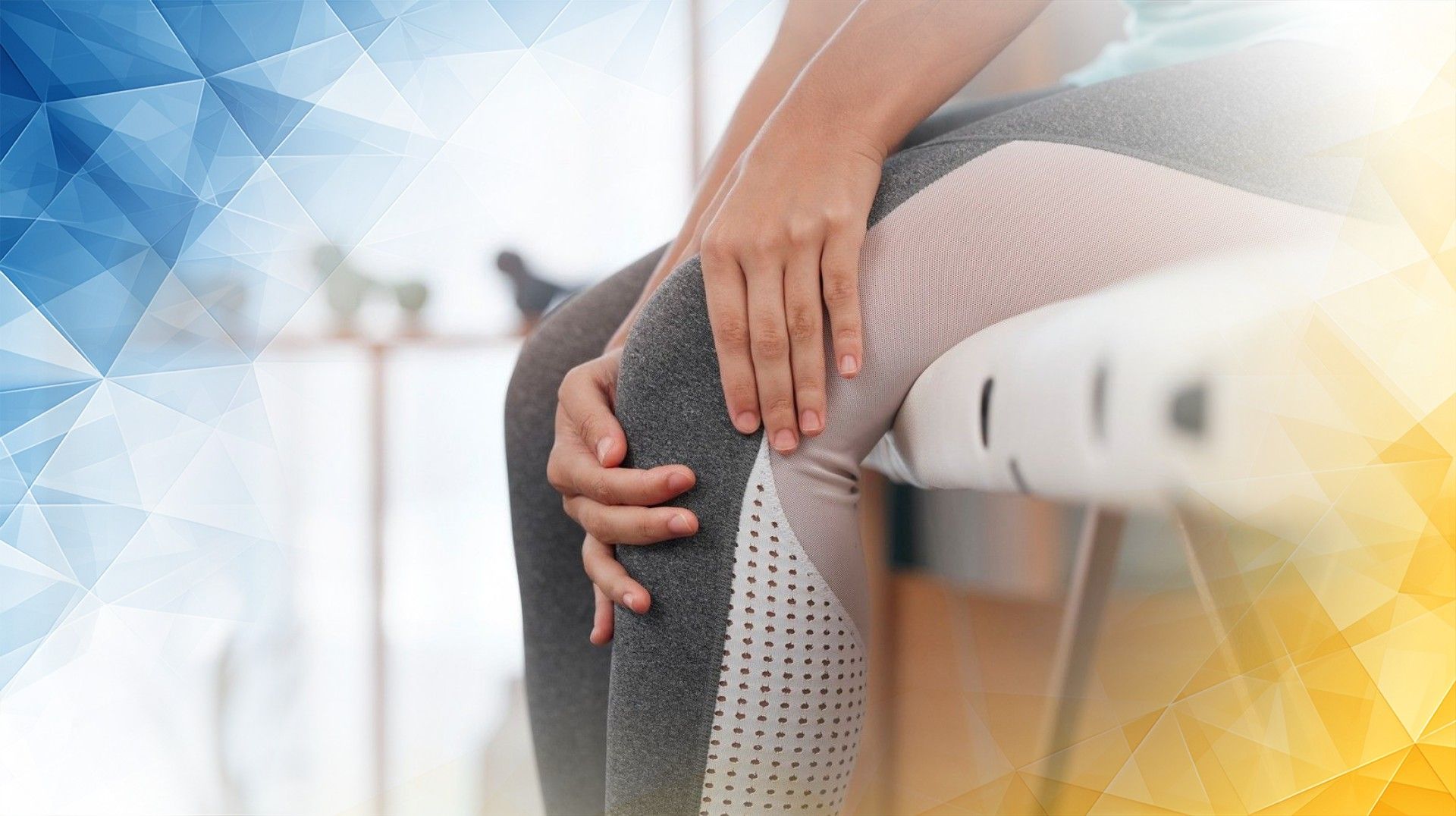



Knee cartilage damage is surprisingly common and can have a major impact on how you move and feel. Cartilage is the slippery, rubber-like tissue that lines your knee joint , allowing your bones to move smoothly and absorb shocks. Unfortunately, this tissue doesn’t heal easily on its own, which means recovery is often a careful and sometimes lengthy process. Knowing what to expect, including how long healing might take, can help both patients and doctors create more effective treatment plans. In this article, we’ll discuss why recovery times can vary widely and how a personalized approach to rehabilitation can make a difference. We’ll also look at what current research tells us about how to navigate the journey back to better knee health .
Understanding recovery time is about much more than just managing expectations—it influences the entire healing journey. Damaged knee cartilage often brings pain, swelling, and makes movement harder. Since cartilage cushions the bones in your knee, any damage increases friction between them, raising the risk of long-term issues like osteoarthritis. Knowing how long recovery takes helps doctors choose the right treatments—be it physical therapy, surgery, or a combination—and helps patients know when it’s safe to return to daily activities or sports. Recovery is slow because of cartilage’s limited self-healing ability, so understanding the process underscores why care must be tailored to each patient. Research emphasizes this point: individuals with existing knee issues, like osteoarthritis , may need longer recovery periods even if superficial signs appear similar to those without such conditions (Esculier et al., 2019).
There’s no single answer to how long knee cartilage takes to heal, because recovery depends on several factors. Age, how severe the injury is, where the cartilage is damaged, overall health, and the chosen treatments all play a role. Healing generally starts with inflammation to clear damaged cells, then moves on to the slow rebuilding and strengthening of the cartilage . Younger people or those with smaller injuries tend to recover faster, while older adults or those with more extensive damage may face a longer healing process. Treatment options like physical therapy, controlled exercise, and balanced nutrition can support the body’s natural repair efforts and maintain joint stability. By understanding each patient’s unique situation—including the scale of damage and their body’s response—doctors can better predict recovery times and develop more accurate, effective plans.
No two knee injuries are exactly the same, which is why a personalized rehabilitation plan works better than a generic approach. Personalization means designing a recovery program tailored to your injury , activity level, lifestyle, and goals. For instance, a physical therapist may create exercises that gently strengthen knee-supporting muscles without putting too much stress on the healing cartilage. Nutrition—providing the right vitamins and minerals—can also play a key part in supporting tissue repair . With a variety of surgical and non-surgical options available, it’s crucial to pinpoint which treatment (or combination) is best for you. Adjusting your rehab program as you progress, based on frequent check-ins and updated assessments, helps ensure a smoother recovery with better long-term results. Personalized care means you’re not just following a formula—you’re getting a plan that adapts as you heal .
To sum up, understanding what affects knee cartilage recovery —and using individualized rehabilitation strategies —is at the core of successful healing. New research and medical technologies continue to improve the outlook for those with cartilage injuries . Exciting advancements like regenerative medicine and stem cell therapies are making it possible to encourage actual cartilage regrowth , offering hope for even more complete recoveries. Improved imaging and monitoring tools also help doctors provide ultra-precise, responsive care. As science and technology advance, combining tried-and-true rehabilitation methods with innovative therapies will help people get back to their active lives quicker, and lower their risk of future knee problems .
Wisser, A., Lapper, A., Roemer, F. W., Fuerst, D., Maschek, S., Wirth, W., Duda, G. N., & Eckstein, F. (2020). Longitudinal change in knee cartilage thickness and function in subjects with and without MRI-diagnosed cartilage damage. CARTILAGE, 13(1_suppl), 685S-693S. https://doi.org/10.1177/1947603520980157
Esculier, J. F., Jarrett, M., Krowchuk, N. M., Rauscher, A., Wiggermann, V., Taunton, J., Wilson, D. R., Gatti, A. A., & Hunt, M. A. (2019). Cartilage recovery in runners with and without knee osteoarthritis: A pilot study. The Knee, 26(5), 1049-1057. https://doi.org/10.1016/j.knee.2019.07.011
Moyad, T. F. (2010). Cartilage injuries in the adult knee. CARTILAGE, 2(3), 226-236. https://doi.org/10.1177/1947603510383973
All our treatments are selected to help patients achieve the best possible outcomes and return to the quality of life they deserve. Get in touch if you have any questions.
At London Cartilage Clinic, we are constantly staying up-to-date on the latest treatment options for knee injuries and ongoing knee health issues. As a result, our patients have access to the best equipment, techniques, and expertise in the field, whether it’s for cartilage repair, regeneration, or replacement.
For the best in patient care and cartilage knowledge, contact London Cartilage Clinic today.
At London Cartilage Clinic, our team has spent years gaining an in-depth understanding of human biology and the skills necessary to provide a wide range of cartilage treatments. It’s our mission to administer comprehensive care through innovative solutions targeted at key areas, including cartilage injuries. During an initial consultation, one of our medical professionals will establish which path forward is best for you.
Contact us if you have any questions about the various treatment methods on offer.
Legal & Medical Disclaimer
This article is written by an independent contributor and reflects their own views and experience, not necessarily those of londoncartilage.com. It is provided for general information and education only and does not constitute medical advice, diagnosis, or treatment.
Always seek personalised advice from a qualified healthcare professional before making decisions about your health. londoncartilage.com accepts no responsibility for errors, omissions, third-party content, or any loss, damage, or injury arising from reliance on this material. If you believe this article contains inaccurate or infringing content, please contact us at [email protected].